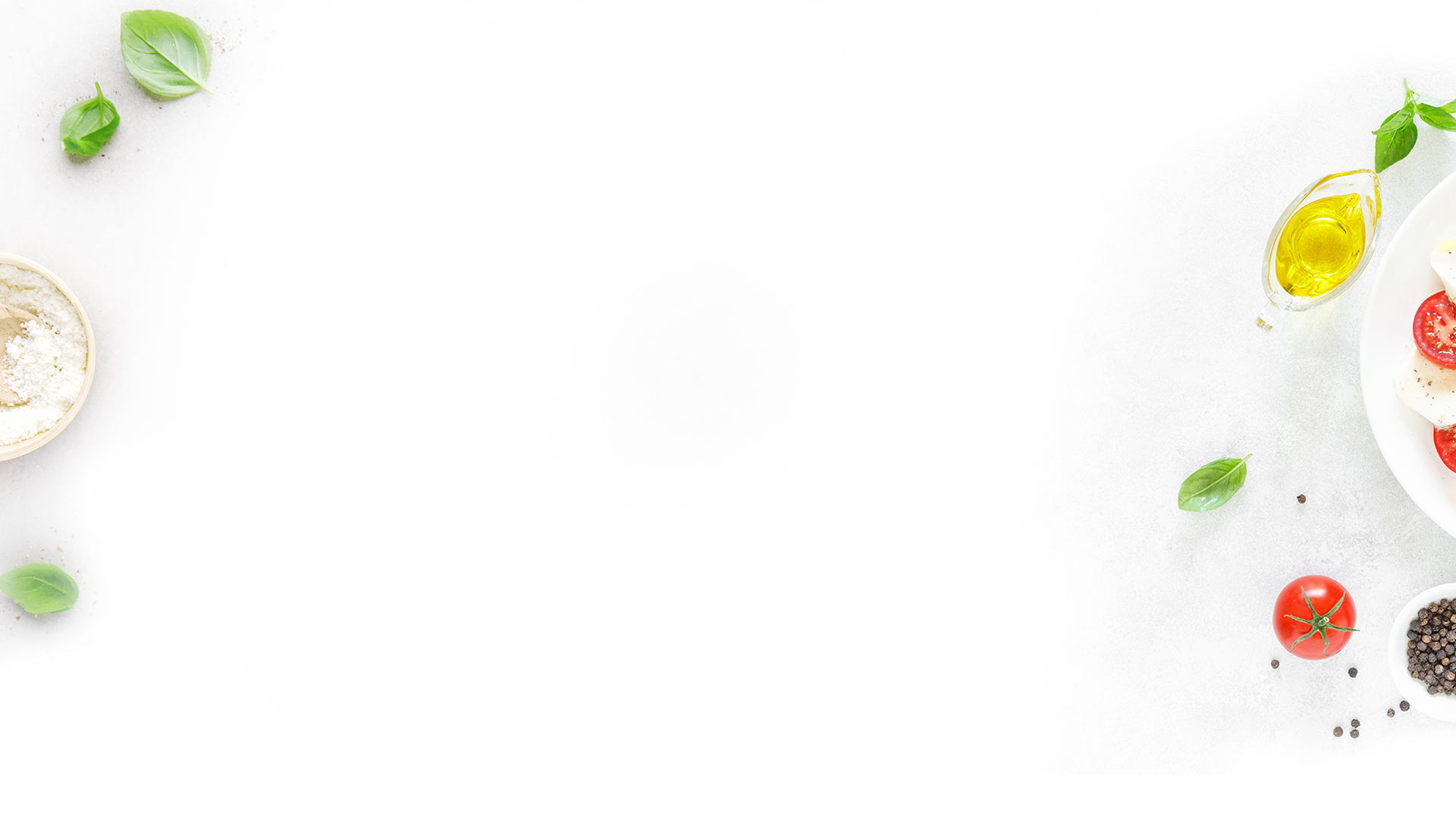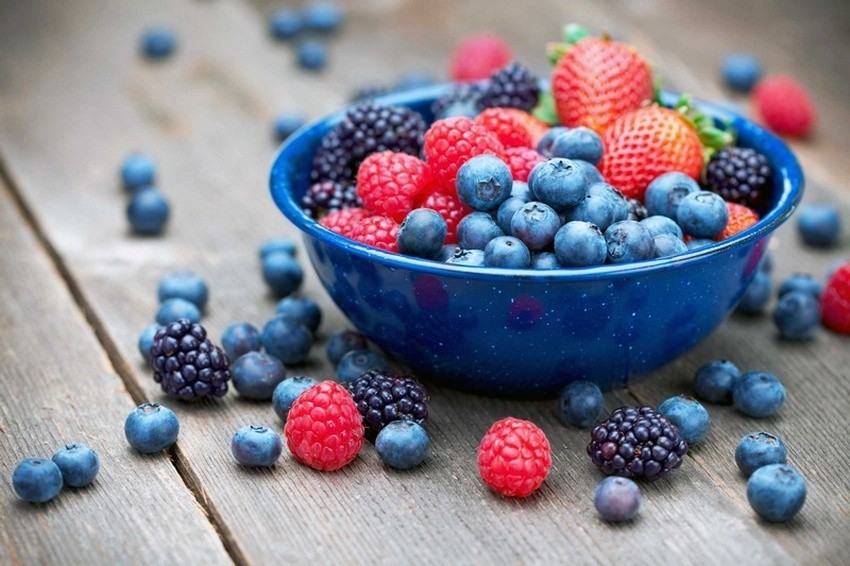
Washing Fruit and Berries

Fruit and berries are an important source of key vitamins, fiber, and energy. Perhaps more importantly for all the foodies out there, they’re extremely tasty and in their fresh state, are completely unprocessed which means they contain no refined sugar. However, with population growth, the global economy and financial pressures, farmers are increasingly encouraged to produce a high yield percentage of their crop, leading to the common use of pesticides, fungicides, and herbicides. These chemicals kill bugs, plants, and fungi that may hinder the quality and yield of a crop, producing enough food for us, the consumers, to eat. However, recent research has hinted to the possible dangers of ingesting traces of these chemicals, which may cause certain cancers and even damage to the nervous system. To protect against these possible dangers, scientists have raised awareness about the importance of thoroughly washing fruit, which is why we have compiled some simple yet essential instructions on how to wash fruit and berries to help reduce your ingestion of potentially harmful chemicals.
Rinse Method – Rinsing fruits and berries thoroughly ensures chemical traces are more likely to be washed away. Berries, such as blackberries, raspberries, and blueberries can trap pesticides in the folds of the fruit, so with these, it’s important to soak them in clean water for about 5 minutes, giving enough time for the chemicals to diffuse out.
Peeling Method – Fruits that can be peeled, such as bananas, oranges, and kiwis still contain traces of chemicals on their skin so you should ensure they’re thoroughly washed even if they are to be peeled! To ensure you minimize the risk of absorption through the skin, you should also thoroughly wash your hands after handling these fruits.
Inspect the Fruit – Bruised, broken, split or damaged areas of the fruit or berries should be cut away. These areas allow harmful pathogens and pesticides to enter the fruit, meaning the flesh on the inside may be compromised. Ensure you completely cut around the affected area to minimize the risk.
Use Vinegar – Using a vinegar solution has been shown to effectively reduce the amount of pesticide traces on fruit, berries, and vegetables. Simply make a mixture of ½ cup of white vinegar to 2 cups of water and allow the fruit to soak for 5-10 minutes. Rinse well once finished. Although this solution is highly effective, it can affect the texture and taste of certain produce such as berries and soft fruit.
Commercial Washer – With the rising concern about chemical traces left on fruits, there has been a demand for commercial washing products that can now be found in many grocery stores and health food stores. However, scientific studies have shown that they’re little, if at all, better than a simple water wash.
Fresh fruit and berries will always be one of the most important and nutritionally dense parts of a good, healthy diet. However, being aware of potentially harmful chemical pesticides, and how to reduce the amount ingested is just as important. Follow our simple steps above and you will have no cause for concern!
